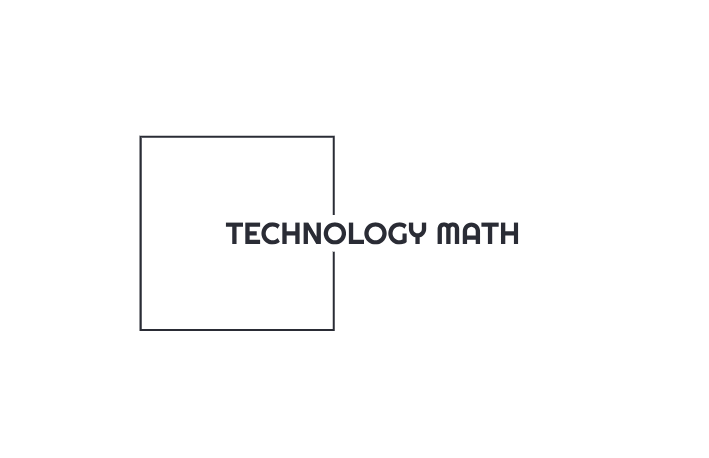
In the business world today, even if you have seen some degree of success in the past, stagnation can happen. Innovation is not merely a differentiator anymore—it is a requirement for life. With rapid markets and elevated consumer expectations, brands are expected to not only adapt but also predict the change. Brands that embrace innovation are often rewarded with extended planning horizons, while brands that refuse to innovate will soon become obsolete. For modern businesses, especially when engaging with a brand consultancy firm, achieving and maintaining brand longevity around its former glory involves a keen understanding of market needs and the willingness to enable change.
Innovation does not always equate to providing something new—many times, it is the deployment of an enhanced process, reformulation of an existing product, or entering into a potential space to explore before competitors. True disruption is rooted in data, insight, and imagination, and its intent should always be to provide lasting value to the consumer and continuously maintain relevancy.
Five Innovation Principles That Drive Long-Term Brand Relevance

-
Use Segmentation Strategy to Target Change Before It Happens
To successfully anticipate disruption, brands must learn to identify and discern early warning signs of change in their market segments. This not only involves a segmentation strategy beyond demographics but also incorporates behavior, needs, and value into the segmentation strategy. Looking at groups through the lens of how they behave, what they need, and what value they want from a product is a way for a business to innovate and respond to changing needs well before those needs go mainstream.
A segmentation strategy allows companies to find niches and underserved consumer groups fast so they can fill an unmet need before anyone else and then differentiate with unique value propositions across markets, increasing the likelihood of customer engagement and retention.
-
Foster a Culture of Experimentation
Indefinite or infinite brands establish themselves by making innovation a fundamental part of their culture. Businesses that foster curiosity, experimentation, and even thoughtful failure develop an eventual stronger muscle for adaptability. Creating a culture that has embedded innovation in the core of their operations ensures employees are cognizant of their industry, changes within their industry, and new opportunities the market provides.
Creating a forward-thinking culture allows space for teams to prototype, test new creative campaigns, and even make small bets to see what might pay large dividends in the future. When employees know they can push the envelope, innovation is not just for product teams; it’s for all groups that create value.
-
Reframe Competition as a Source of Insight
Competitive forces are often the spark for innovation; however, the most durable innovations are the product of a mindset that does not see competition as a threat, but as fuel for new strategic thinking. Brands that study the strengths and weaknesses of others can see voids and fill them with relevant and differentiated solutions.
The objective is not to copy what works as a substitute, but instead to raise expectations. Competitive insights, underpinned by purpose and customer-centrism, stimulate creativity and refine strategic intent.
-
Use Data to Shape, Not Just Support, Innovation
Data is more than a validation tool; it can be the guidepost through innovation. Recording trends, consumer actions, and industry movements in real time helps brands understand when it is time to pivot and when it is time to put the brakes on a specific investment.
Progressive companies are not only using predictive analytics, consumer insights, social listening, analytics, and real-time feedback loops from users to validate assumptions and iterate solutions, but they are also continuing to scale up what works to generate additional value. A data-driven perspective will ensure that the innovation process aligns with what consumers value the most—less intuition and more context.
-
Align Innovation with Purpose
In today’s world filled with options, features without value will fail. The best disruptors aren’t solely providing innovation—they are providing solutions while being true to the core purpose of their brand. Whether it is serving better lives, addressing sustainability, or creating inclusivity, purpose creates emotional value and enables customer loyalty.
Purpose-led innovation makes sure new products, services, or processes are not only new but also tied to what the brand purpose means and enables emotional investments in the solution. Purpose creates brand equity and trust when individuals are uncertain.
End Point
Disruption is not a moment—you have a mindset, a skillset, and an obligation if you are a brand that truly wants to be relevant in the longer term. The brands that succeed are the brands that understand that innovation is necessary as an organization and that change is not a fear; it is a necessity. At every stage, effective segmentation, inventiveness, an antagonist landscape, actionable insights, and being empathetic to your purpose are leading to more than market share; they are leading to the future of your brand. In an environment where brands either disrupt or get disrupted, the only smart choice is to lead.






